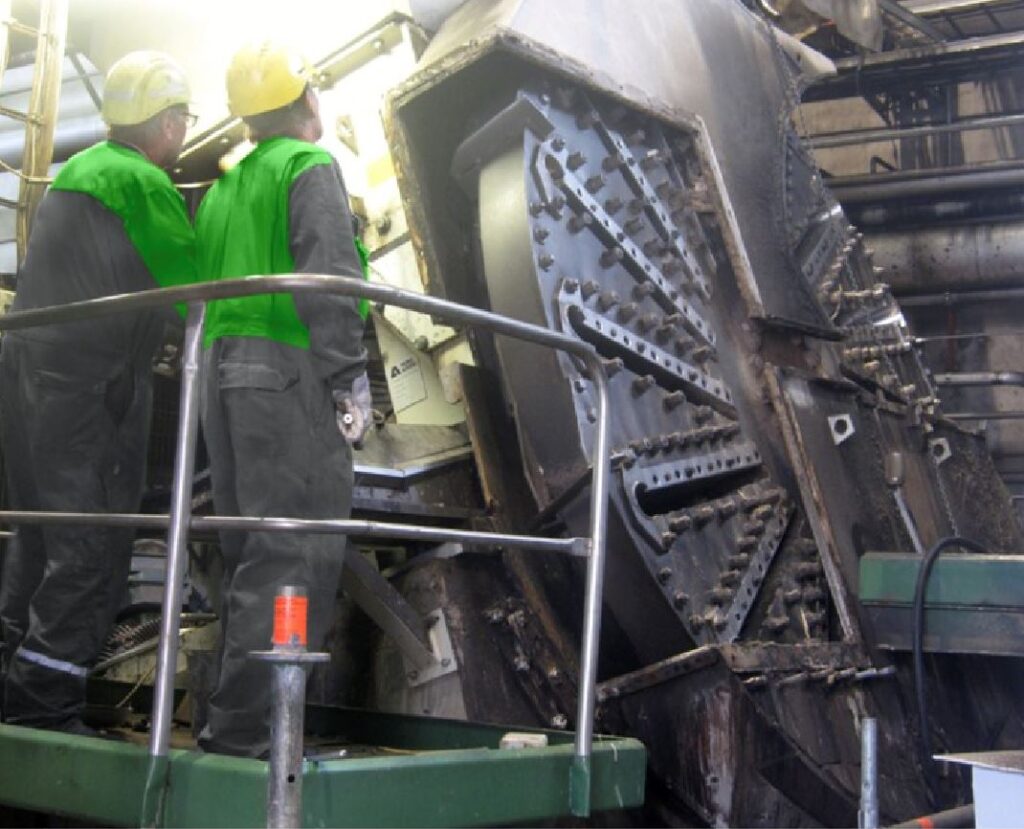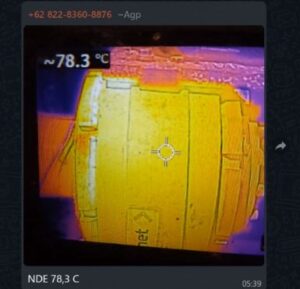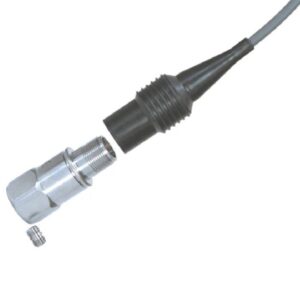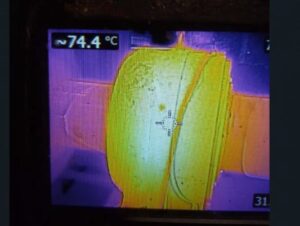
Chipping away at downtime with predictive maintenance for chippers
By Dan Vickers, MME, Technology Manager; and Randy Piggott, Field Service Engineer, Wood and Pulp Handling Business Unit, North America, Valmet
Features pulp and paper ValmetThe importance of the industrial chipper in wood handling processes
 Maintenance inspections and chipping geometry are keys to producing high-quality chips.
Maintenance inspections and chipping geometry are keys to producing high-quality chips. The industrial chipper is key in the wood handling process. From providing the correct chipping geometry to optimizing log control, the chipper and its components are essential for maximizing production of high-quality chips. But not all maintenance plans are created equal. Predictive maintenance can help optimize your chipper throughout its life cycle so you can focus on your core business.
From knives and wear plates to slivers hardware and brake pads, a chipper is built with numerous components that require regular monitoring and maintenance. Furthermore, out of all the components within a chipper, its rotating components — like bearings — are closely tied to an operation’s viability, making proper maintenance essential.
Typically, wood chipper maintenance has relied on visual inspection of components prone to wear. In some components, features can provide visual indication. For example, in wear plates a hole tells the operator that it’s already worn through half its thickness, indicating that it’s time for replacement. Sound is sometimes used, too – an experienced operator may notice the equipment making a sound that suggests the knives are getting dull.
Operators also rely on chipper equipment manuals to guide them as they determine when to replace components. In addition, mills use preventive maintenance schedules that are based on the equipment’s specific history.
Optimizing performance with predictive maintenance
While traditional maintenance methods — combined with skilled operators — will likely always play a core role in mill operations, predictive maintenance is a technique that can further detect problems before they cause downtime. For example, a mill using only monthly visual inspections might note a bearing is fine during an inspection, only to have it fail by mid-month.
Rather than rely solely on periodic inspections by mill personnel or a maintenance schedule to detect problems, predictive maintenance monitors specific conditions in real time and provides condition alerts when a reading falls outside of defined parameters.
This proactive approach can reduce unplanned downtime, extend the chipper’s life span and lower the cost of ownership over time. Predictive maintenance also helps ensure the equipment produces high-quality chips — safely and efficiently. Pulp makers can expect sustainability benefits too, as predictive maintenance optimizes raw material use.
Predictive maintenance is particularly suited for ensuring that crucial rotating components stay in operation. They can fail if they do not get proper lubrication or if they become worn to the point of excessive vibration. Failure in the component can cause catastrophic failure in the machine, taking a chipper out of commission for a week or more and risking workers’ safety. Damage to the disc can also reduce its life cycle, requiring a mill to replace it after 10 or 15 years instead of 20.
For example, resistance temperature detectors (RTDs) indicate when a temperature is too high, suggesting that a component, like a bearing, is too hot. By using the RTD to get a baseline when the bearing is new, production operators can then monitor the bearing via RTD during operation and compare it to the baseline. This comparison will indicate operational health and quality of life, providing an opportunity to schedule maintenance and avoid unplanned downtime before failure.
Likewise, vibration sensors — such as accelerometers — can also help predict when a bearing should be replaced, allowing crews to ensure the chipper has a good bearing with proper oil lubrication so the machine stays in operation as planned.
Currently, some mills use thermal infrared to provide visual indication of hot zones as well as digital quantification of bearing assemblies’ maximum external temperatures. For example, at one mill, the images below allowed operators to discover a pinched seal soon after start-up.

These thermographs show infrared views of bearing assemblies. In the first image, a thrust bearing is hotter than normal near the seal area at the shaft side of the bearing housing. The second image shows the bearing assembly is hotter near the middle of the housing, as expected.
It’s important to note that these tools are most effective when integrated as part of systematic, real-time monitoring protocol. Checking temperature or vibration only occasionally, as part of a monthly maintenance list, can miss signs of failure that might have been detected with active monitoring.
Chip makers can have sensors and ports installed on bearing housing when they order new chippers, or they can be retrofitted to existing machines. To avoid additional downtime, the best time to retrofit is typically when the chipper disc and shaft are in the shop for repair or regular maintenance. Once the sensors are installed, the mill’s electrical technicians can wire them into their programmable logic controller (PLC) or other computer systems for real-time monitoring of bearing conditions.
Mobile applications can also support predictive maintenance programs. For example, Valmet has developed an app to facilitate maintenance needs and planning in real-time. This app integrates with system application and product system, allowing maintenance technicians and production operators to report failures, record observations and collaborate on tasks.
Although predictive maintenance can yield previously unseen benefits by providing early failure warnings for end-of-life components, its implementation is not without minor challenges. For example, applying this technology may require mills to wire sensors to the PLC, program the PLC to integrate the sensors into an existing logic system, and then test each sensor to ensure it is integrated correctly. An experienced partner can help mills meet these challenges with, for example, wireless sensors that help alleviate the pains of running long sensor wires back to the PLC.
Adopting a holistic approach to maintenance
Pulp and chip makers should consider enhancing the power of predictive maintenance with field service agreements. These collaborative partnerships allow expert technicians to periodically inspect chippers and provide maintenance services to maximize reliability and performance. Experienced partners may also be able to provide ongoing support by reviewing a mill’s predictive maintenance data and offering relevant recommendations.
Additional tools can also support a more holistic approach to maintenance programs. For example, systems that make it easier to change brake pads or swap out knives and knife hardware support better maintenance that leads to improved chip quality and less downtime.
Choosing the right maintenance partner is another key part of building an effective maintenance program. It is important to work with a partner able to offer the expertise and resources to help develop modern maintenance processes. The most impactful maintenance partners offer a collaborative mindset and dedication to supporting safe and sustainable maintenance operations.
From upgrading a legacy chipper to developing a greenfield mill, predictive maintenance for chippers is an important part of any holistic maintenance plan that helps optimize wood handling operations.

The most impactful maintenance partners offer a collaborative mindset and dedication to supporting safe and sustainable maintenance operations.

Sensors, like this wired accelerometer vibration sensor for chipper bearing assemblies, can help predict when a bearing should be replaced.
Print this page
